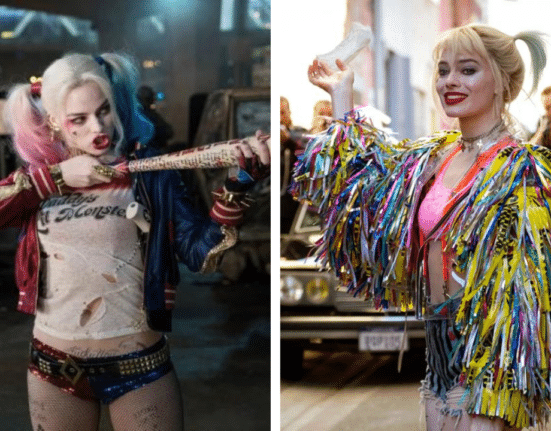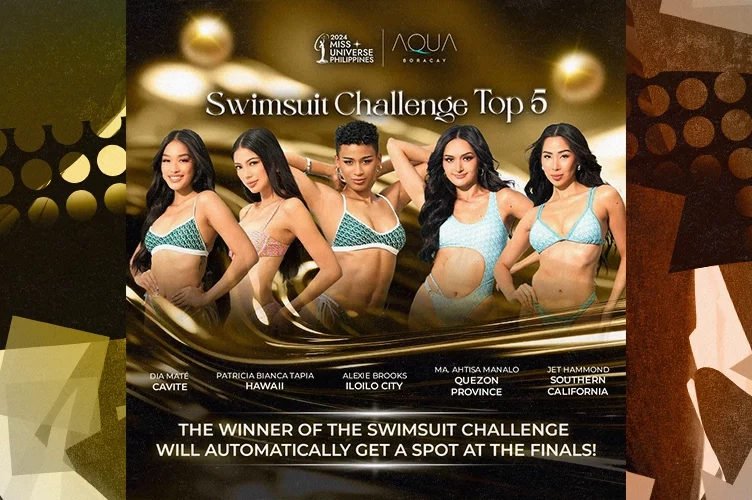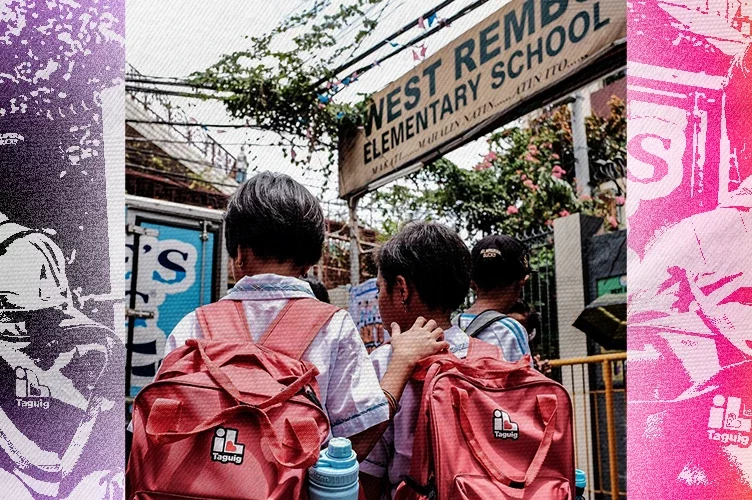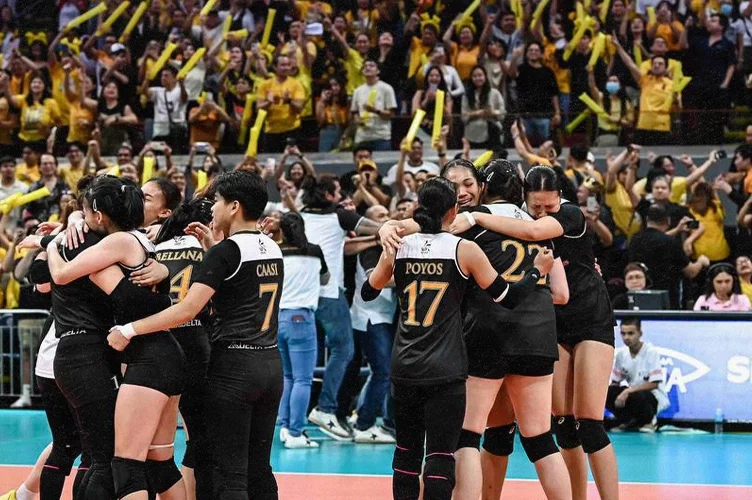IF you’ve been on TikTok any time these last few months, you’re sure to have seen the words ‘female gaze’ pop up at least once on your For You Page. People have been posting themselves singing along to songs, captioned “Am I written by a man or a woman?” or “The difference between the male and female gaze.”
The discussion surrounding this topic has been going on for months now–so much so that film theorists worry that the actual meaning behind the words “male gaze” and “female gaze” has been altered in their entirety. Do these teens know what they are saying when they use these terms? Or are they like the words “normalize” and “de-stigmatize,” which have been thrown around so often that they have slowly turned into meaningless buzzwords?
While it is easy to lose sight of the meaning of these words with the number of things that trend on TikTok every day, it’s important to remember that media literacy should still exist within every scroll, and every tap of a like or share button.
So when you say “male gaze” or “female gaze,” what exactly does that mean?
SUGGESTED STORIES:
Miss U 2024 names Top 5 for swimsuit challenge
THE MISS Universe Philippines (MUPH) organization has just bared its.
DepEd: End-of-school-year activities must be held indoors
AS THE COUNTRY continues to face scorching weather due to.
UAAP: UST dethrones DLSU, books ticket to women’s volleyball finals
AFTER five years of waiting, the University of Santo Tomas.
The male gaze
Popularized by film theorist Laura Mulvey, the male gaze refers to how women are often sexualized in films because of the direct influence that men have on the way that they are viewed. When the male gaze is used, the female in the scene is looked at more as a sexual object than a person; her main goal on-screen is to satiate the sexual desires of the men watching her and nothing more.
Take, for example, the famous car scene from Transformers: you have Megan Fox doing something as mundane as fixing a car, but the camera takes its time panning slowly over her body. Viewers see close-up shots of her exposed midriff, her clothes are short and tight-fitting to accentuate her shape, and she is wearing heels despite being in the middle of rocky terrain.
As seen in the name, the holder of the male gaze is often someone who is a cis-gendered, heterosexual male. Janice Loreck writes that in cinema, men focused on women’s “to-be-looked-at-ness.” They were spectacles, like animals in a zoo or freaks in a circus show.
Many feminists feel that the male gaze is sexist and dehumanizing in its nature; here, the only purpose of the woman on-screen is to please the men looking at her. She can have a complex backstory, or she can be strong and independent, but only if she is still appealing to look at.
This is why the “female gaze” started to grow in popularity–as a means of fighting back against this misogyny.
The female gaze
The female gaze, created in response to Laura Mulvey’s initial theory, shows what women find to be visually appealing. This doesn’t mean showing close-ups of shirtless men or having sex scenes focused on the guy instead of the girl.
According to Stefani Forster, the female gaze is simply using a female perspective in the story, as seen in the way it’s written or even the way a shot is framed. It’s focused on the experiences of women, or what women find to be attractive.
One of the most famous examples of the female gaze versus the male gaze is the difference between Harley Quinn’s look in Suicide Squad, which was directed by a man, and Birds of Prey, which was directed by a woman.
The two versions of Harley
Harley’s main outfits in the two movies are quite similar: a fitted top, shorts, and a jacket. But the male gaze and the female gaze are evident in the way that Harley Quinn herself is presented.
In Suicide Squad, there is a shot that is placed in the film specifically so you can ogle over Margot Robbie’s body. Her shirt is ripped, fitted, and has “Daddy’s Little Monster” written on it. Her shorts are so tight that Robbie’s thighs seem suffocated by them, and these can even be mistaken as underwear; even the actress herself said that she felt uncomfortable with how skimpy her outfit was.
In Birds of Prey, Robbie still dons a fitted top and short shorts. But the shots are not made to accentuate her body; the outfit looks like something the likes of Harley Quinn really would wear. It’s fun and bright, and crazy, and it tells a lot to the audience about what Harley Quinn is like as a person. There are no long, lingering shots of Harley Quinn’s breasts and legs in this film; here, she just has fun.
Another reason why this term has grown to become so popular is that one TikToker named Kevin grew in popularity because many were looking to him as the definition of what the female gaze meant. Many women found him attractive because of the way he acted in his videos, which men, in turn, found confusing because he did look the way one expected a “conventionally attractive” man to look.
The female gaze, then, is not focused on someone being “hot.” It’s humanizing these characters, and prioritizing their story over being sexy. But many argue that given the circumstances that brought forth the male gaze, it is also debatable whether or not the female gaze even exists.
Does the female gaze exist?
Many argue that no, the female gaze does not exist. In a video she posted discussing the female gaze, TikToker Meg states, “The male gaze exists as a result of patriarchal systems because the ‘male gaze’ is a term that explains how the patriarchy influences the way women are depicted in media.”
The male gaze has a power structure behind it, meaning the female gaze can’t exist because it doesn’t have that same power structure supporting it because of the current societal dynamic and inherent imbalance of power between men and women,”
TikToker Meg
Because women are the ones that are oppressed, and the society that the majority of the world lives in is patriarchal and not matriarchal, it’s assumed that men can’t be subjected to the female gaze–be it in the cinema or the real world. Women don’t have the power to subject them to this. It’s said that the female gaze, in reality, is just the absence of the male gaze.
Meanwhile, others continue to say that the female gaze does exist.
Elyce Rae Helford, for example, writes that it’s an important tool used in resistance against objectification via the male gaze, both for the filmmaker and the film audience.
While it’s still a long-standing debate on whether or not the female gaze is something that exists, one good thing that’s come out of this conversation is the realization of many that women are so often reduced to mere sexual objects in films, especially in ones directed by men.
Hopefully, learning of the existence of the male gaze can become a stepping stone for people to be more conscious of the media they consume, or the literature that they read.












